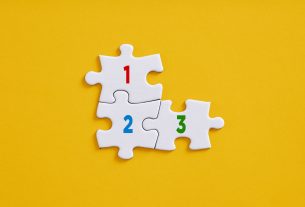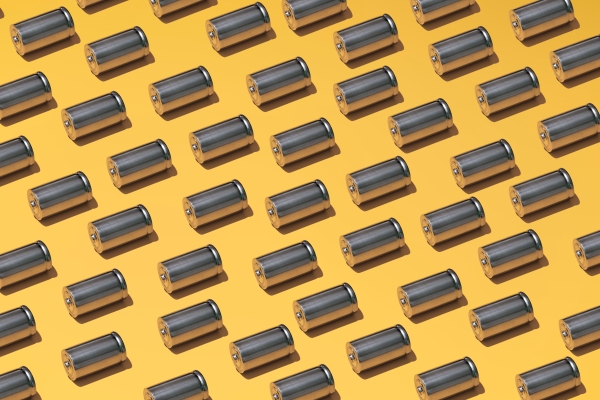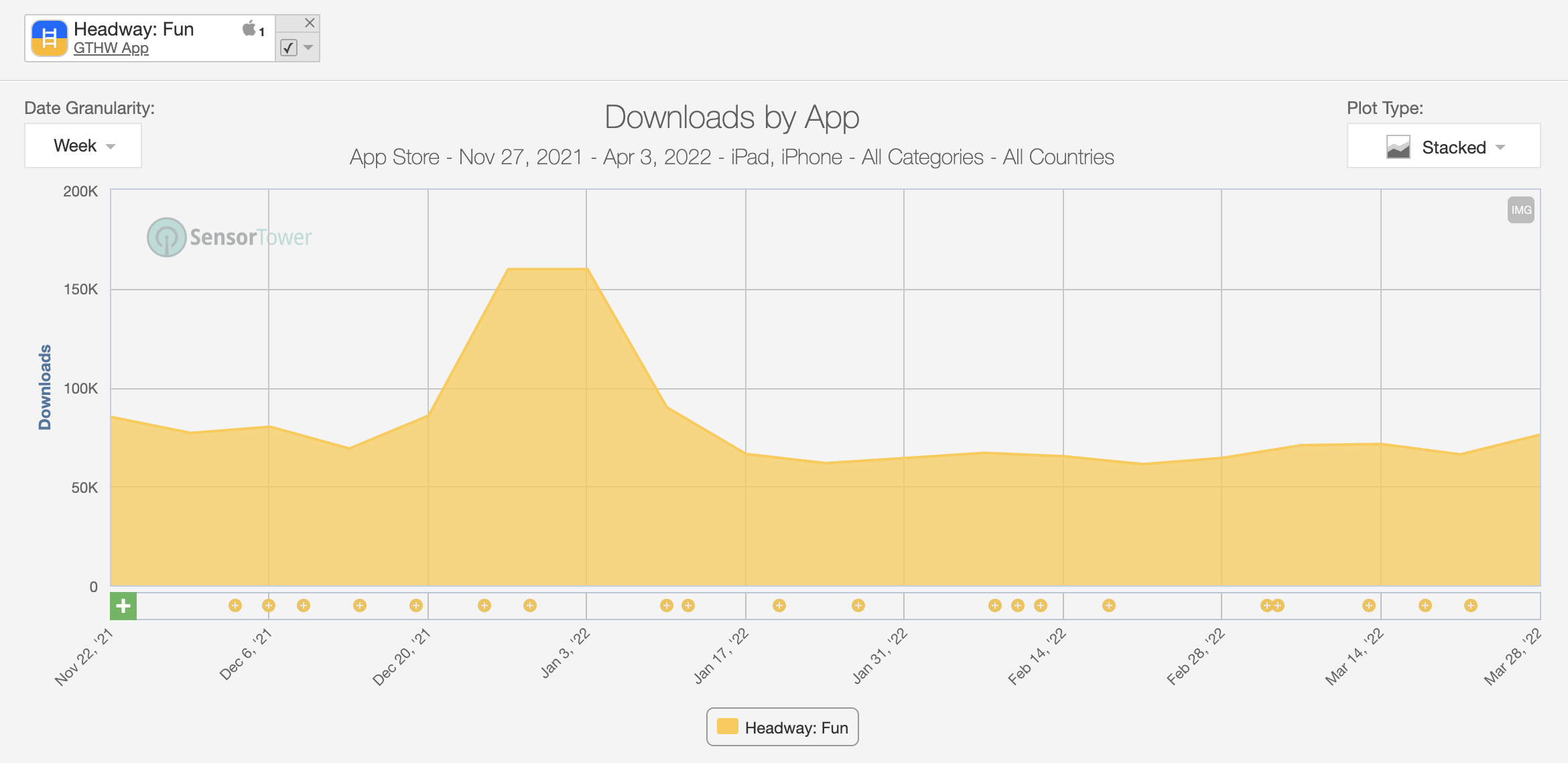[ad_1]
This article first appeared in West Point’s Modern War Institute. ![]()
We just had our third week of our new national security class at Stanford – Technology, Innovation and Great Power Competition. Joe Felter, Raj Shah and I designed the class to cover how technology will shape all the elements of national power (our influence and footprint on the world stage).
In class 1, we learned that national power is the combination of a country’s diplomacy (soft power and alliances), information / intelligence, its military, economic strength, finance, intelligence, and law enforcement. This “whole government approach” is known by the acronym DIME-FIL. And after two decades focused on counter terrorism the US is engaged in great power competition with both China and Russia.
In class 2, we learned how China is using all elements of national power: diplomacy (soft power, alliances, coercion), information / intelligence (using its economic leverage over Hollywood, controlling the Covid narrative), its military might and economic strength ( Belt and Road Initiative,) to exploit Western finance and technology. This has resulted in Western democracies prioritizing economic cooperation and trade with China above all else. China’s goal is to challenge and overturn the US-led liberal international order and replace it with a neo-totalitarian model.
Going forward, coexistence with China will involve competition but also cooperation. But it’s going to take the demonstrated resolve of the US and its allies to continue to uphold a rules-based order where nations share a vision of a free and open Indo-Pacific where the sovereignty of all countries is respected.
Catch up with the class by reading our intro to the class, and summaries of Class 1 and Class 2.
All which leads to today’s topic, the other great power – Russia.
 Class 3 Required Readings
Class 3 Required Readings
Fall of the USSR
Russian Geopolitics & Foreign Policy
Putin & Putinism
Russia’s Pivot to Asia & the Chinese-Russian Relationship
Russian Technology Strategy
Reading Assignment Questions:
Pick one of the below questions and answer in approximately 100 words, based on the required readings. Please note that this assignment will be graded and count towards course participation.
- Compare and contrast the viewpoints of John Mearsheimer and Michael McFaul on drivers of Russian foreign policy. Where do they agree? Disagree? Which perspective do you agree with more and why?
- Evaluate the perspectives of Artyom Lukin and Chris Miller on Russia’s so-called pivot to Asia. Do you agree with one more than the other? Do you believe that the pivot is more a rhetorical or substantive strategic move on the part of Moscow?
Class Discussion Questions:
- What are Russia’s geopolitical interests, goals, and / or objectives? From Moscow’s perspective, what are the main obstacles standing in the way of achieving its national goals?
- To what degree is Vladimir Putin a unitary actor? How much is he the system of government versus the product of a system?
- How does Moscow view the existing, American-led rules-based international order?
- What role, if any, does ideology play in Moscow’s strategy?
- In what ways are Moscow’s goals compatible and / or incompatible with US national interests?
- In what domains does the competition between the United States and the Russian Federation play out? How do these domains interact with one another? Is cooperation between the two possible and beneficial?
- How would you characterize the Sino-Russian relationship? In what dimensions is the relationship the strongest? Where are its fault lines? Is the relationship enduring or transient?
Class 3: Guest Speaker
Our guest speaker for our third class was Mike McFaul, the former US Ambassador to the Russian Federation and former National Security Council Senior Director for Russian and Eurasian Affairs. Mike wrote about his experience as an ambassador in From Cold War to Hot Peace: An American Ambassador in Putin’s Russia. At Stanford, Mike is the Director of the Freeman Spogli Institute for International Studies, Stanford’s research institute for international affairs, and the home for this class and the Gordian Knot Center for National Security Innovation.

Lecture 3
If you can’t see the slides, click here
Ambassador McFaul pointed out that at times Russia pursues security and economic interests in parallel to ideological aims. At times, these objectives complement each other. At other times, they clash. He posited it’s because Russian policy is run by Putin and his political institutions. Slide 7
We then reviewed highlights from the assigned readings. John Mearsheimer’s article took the contrarian position that the United States and its European allies share most of the responsibility for the crisis in Crimea. Slide 8.
Slides 10-12 led the conversation about the end of the Cold War & Collapse of the USSR. George Kennan was the author of the 1946 Long Telegram which set in motion the policy of “containment” of the Soviet Union. He lived to see its collapse a half-century later, and wrote, “I find it hard to think of any event more strange and startling, and at first glance more inexplicable, than the sudden and total disintegration and disappearance… of the great power known successively as the Russian Empire and then the Soviet Union. ” Stephen Kotkin maintains that if the Soviet elite had so chosen, they could have sustained the Soviet Union for decades longer. Perhaps the most enduring quote is from Vladimir Putin himself, “the collapse of the Soviet Union was a major geopolitical disaster of the century,” as he tries to remake Russia into a great power once again.
Slide 13, Dmitri Trenin from the Carnegie Center points out that the 2014 Ukrainian crisis was the Rubicon. Russia broke a quarter century of cooperative relations among great powers pivoting away from the west, starting a new era of intense competition. Slide 14, Mike McFaul has a more nuanced view. “For a complete understanding of Russian foreign policy .., individuals, ideas, and institutions — President Vladimir Putin, Putinism, and autocracy — must be added to the analysis. (The) .. three cases of recent Russian intervention (in Ukraine in 2014, Syria in 2015, and the United States election in 2016) illuminate the causal influence of these domestic determinants in the making of Russian foreign policy.
Slide 15, Russia’s pivot to China.
China-Russian relations are now at their highest point since the mid-1950s, being drawn to each other by the most elementary law of international politics: that of the balance of power. Slide 16 Russia has long struggled to overcome the constraints imposed by the country’s chronic inability to retain talent in support of homegrown innovation and R&D.
North Korea / Iran / Non-Nation States
We also covered the two regional threats to international security – North Korea and Iran – as well as the continued threats of terrorism from non-nation states (Al-Qaeda’s, ISIS).
Slides 20-22. North Korea has robust and expanding nuclear weapons program with 10-40 nuclear weapons. Their ballistic missile program not only threatens their neighbors, but their development of long-range ICBMs puts the entire continental United States in range of their nuclear weapons.
Slides 23-25 the Islamic Republic of Iran (IRI) has actively pursued nuclear weapons and long range ballistic missiles. Under the Iran Nuclear Deal (JCOPA) they had agreed to limit their uranium to 3.67% enrichment. They broke out of the deal in 2019. Today, their uranium enrichment has reached 60% enrichment (90% is weapons grade). Iran has been a major source of regional destabilization, hostage-taking, and sponsorship of terrorism: Ansar Allah (Houthis) in Yemen, Hezbollah in Lebanon, Hamas / PIJ in Palestine, numerous Shia militias in Iraq (Kataib Hezbollah, Asaib Ahl al Haq , Badr Organization). Iran’s long-running conflict with Israel is a perennial potential flashpoint for a broader conflict in the region. Iran has been actively using cyber attacks and has attacked and harassed commercial shipping and Freedom of Navigation Operations in the Persian Gulf and the Strait of Hormuz.
Slides 26-27 Non-nation states haven’t gone away. They are a persistent, survivable threat unconstrained by traditional geopolitical checks (irrational actor). They are capable of regional and international terror attacks. Some are actively pursuing acquisition of weapons of mass destruction (nuclear, chemical, biological). Addressing the problem through counterinsurgency / counter terrorism operations, runs the risk of long-term engagements that damage other national objectives and, sometimes, the national interest. Yet, if left unaddressed, these insurgencies can spread globally and create second- and third-order challenges (al-Shabab, Boko Haram, Abu Sayyaf).
Slides 28-31 covered the Group Project. The class has formed into 7 teams – slides 32-38. We suggested they get out of the building to first deeply understand the problem they’ve selected.
We offered a series of questions they may want to ask:
Slide 33. Who has this problem? Why does the problem exist? Consequence of the problem? When do they need a solution? How does this get deployed / delivered? How are they solving it today? How do you know you solved the problem?
Slide 34. Next, after they validate the problem: What would a minimum viable product look like? Who would build and deliver the final product / service? How to create an “Innovation Insurgency” around the idea? Who would have to get excited about the MVP to fund it? Who are the saboteurs?
Next week we start talking about the impact of commercial technology on Great Power Competition. First up – semiconductors.
Lessons Learned
- After the collapse of the Soviet Union, the US and the Russian Federation had a two-decade long cooperative relationship
- In 2014 with the Russian-Ukrainian war and Russia’s annexation of Crimea, and in 2015 with Russian intervention in the Syrian civil war, Russia’s interests and the West’s have radically diverged
- Mike McFaul makes the case that Putin, Putinism, and the Russian autocracy are key determinants of their foreign policy
- This week, student teams will start getting out of the building to build reflexes and skills to deeply understand a problem
- By gathering first-hand information to validate that the problem they are solving is the real problem, not a symptom of something else
- Then, students will begin rapidly building minimal viable solutions as a way to test and validate their understanding of both the problem and what it would take to solve it.

Filed under: Teaching, Technology Innovation and Modern War and Great Power Competition |
[ad_2]
Source link


